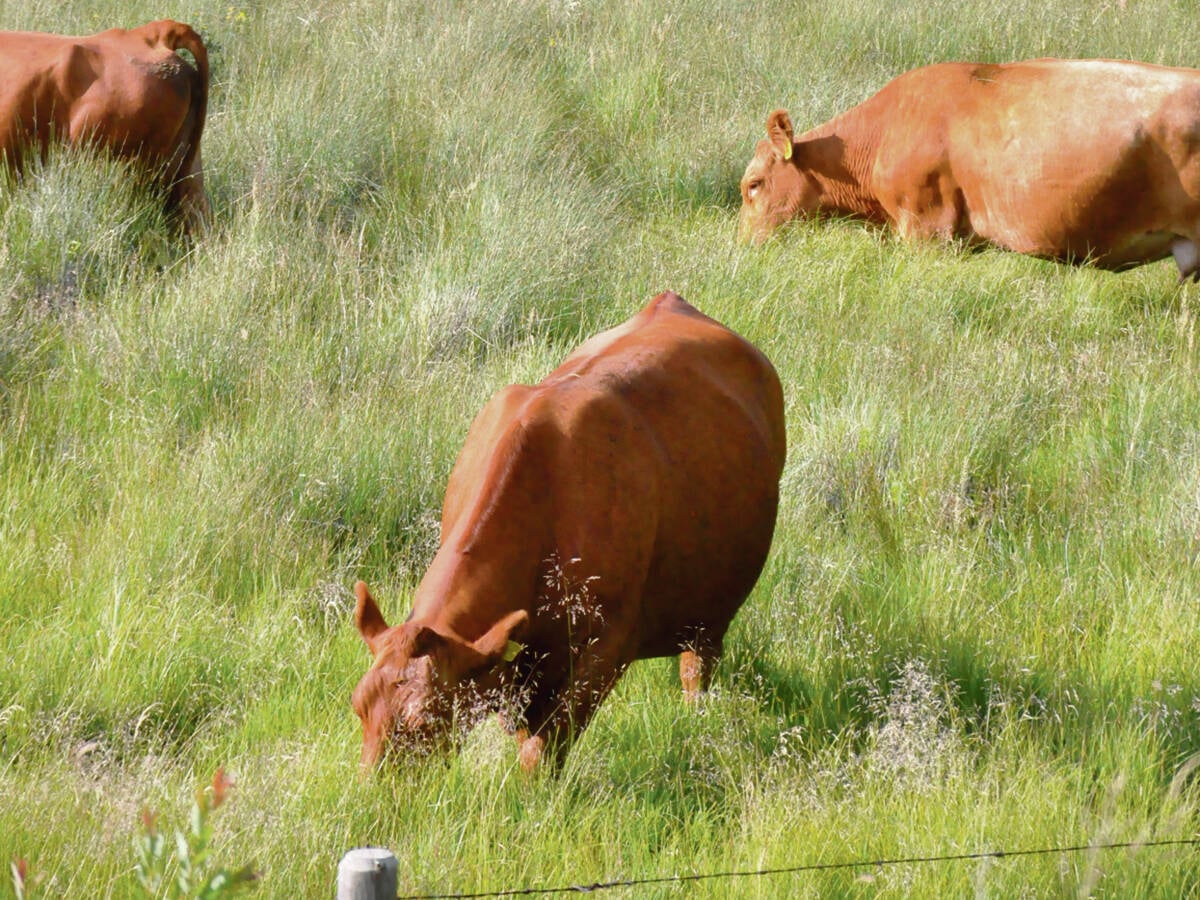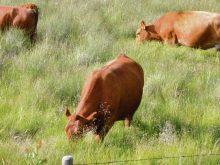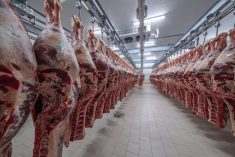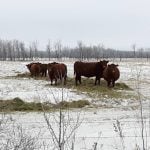The U.S. Department of Agriculture has officially dumped its plans for a national animal identification system (NAIS) more than five years and over US$120 million in the making.
U.S. Ag Secretary Tom Vilsack on Friday announced a “new framework” for animal traceability, to be administered instead by individual states and Tribal Nations, and to apply only to livestock shipped for “interstate commerce.”
The state-administered system will also “encourage the use of lower-cost technology,” USDA said.
“Some people were in favour of NAIS, but the vast majority of participants (in a recent “listening tour” on the system) were highly critical of the program,” USDA’s Animal and Plant Health Inspection Service (APHIS) said Friday.
Read Also

No new traceability regulations implemented says Canadian Cattle Association
The national and provincial cattle organizations recently took to social media to reassure producers concerned about proposed traceability regulations.
Concerns raised included “confidentiality, liability, cost, privacy, and religion,” APHIS said, adding that some felt the system was the “wrong priority” for USDA and that it only benefited “large-scale” producers.
The Bush administration’s bids to implement NAIS across the U.S. led to a participation rate of just 36 per cent, APHIS said.
USDA said the new system will be implemented “transparently” through federal regulations and the “full rulemaking process.” According to Vilsack, that will include a new round of consultations.
“One of my main goals for this new approach is to build a collaborative process for shaping and implementing our framework for animal disease traceability,” he said Friday.
“We are committed to working in partnership with states, Tribal Nations and industry in the coming months to address many of the details of this framework, and giving ample opportunity for farmers and ranchers and the public to provide us with continued input through this process.”
While USDA sad it has a “robust system” in place to protect U.S. agriculture, the department said it now also plans to take “several additional actions to further strengthen protections against the entry and spread of disease.”
Such steps, USDA said, will include “accelerating actions to lessen the risk from diseases — such as tuberculosis — posed by imported animals.”
The department said it also now plans to initiate and update analyses on how animal diseases travel into the U.S., and to improve its “response capabilities.”
As well, USDA said it will focus on “greater collaboration and analyses with states and industry on potential disease risk overall.”
— The “Editors’ Picks” feature highlights eyebrow-raising and unusual-yet-true news from the world of farming, as gleaned from various sources by the editorial staff of the Farm Business Communications division.














